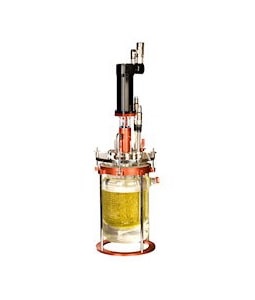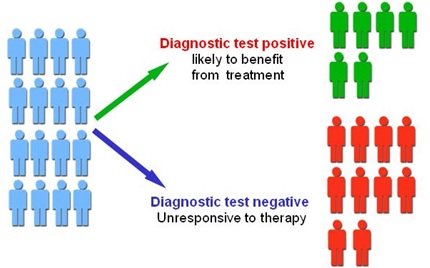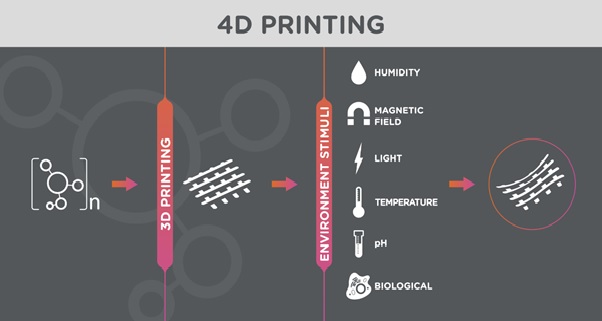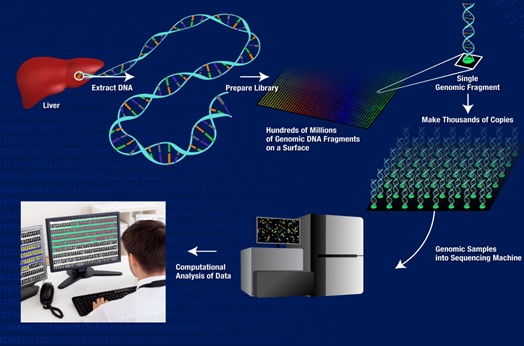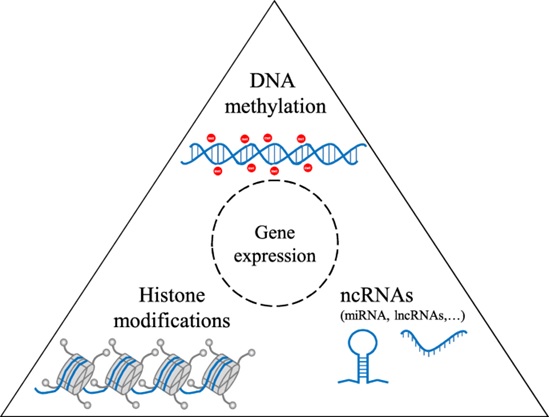Nanoparticle-based COVID-19 vaccine could target future infectious diseases
Just one dose of a new nanoparticle-based COVID-19 vaccine was enough to produce an immune response in animals on track with vaccines currently in clinical use. And with minor changes, Northwestern University researchers hope the same vaccine platform could target other infectious diseases.
In a new study, 100% of mice who received the protein-based immunization survived when challenged with lethal doses of the SARS-CoV-2 virus, which causes COVID-19. None of the mice experienced lung damage due to SARS-CoV-2 exposure. All mice who did not receive this nanoparticle vaccine died in a 14-day trial. [1]
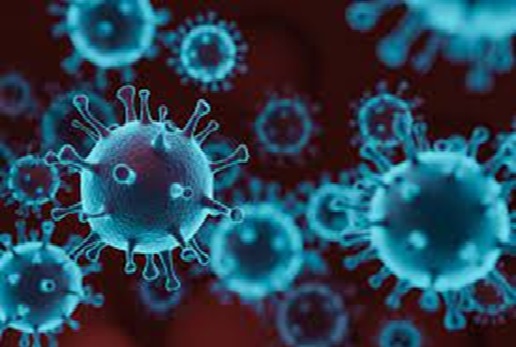
Figure 1. Nanoparticle-based COVID-19 vaccine could target future infectious diseases
Figure 1 shows SNA vaccines have been used to treat mice with triple-negative breast cancer. Nanoparticles that house the immune target are a form of globular DNA that can enter and stimulate immune cells. Researchers determined the ideal ratio between the SNA’s shell and core density.
Vaccines typically take years to develop. Researchers packaged the antigen (called spike protein) inside the core of an SNA. The researchers injected mice under the skin, causing an immune response. They monitored antibody production in the weeks following injection.
Protein-based vaccines have fewer side effects and can be stored at normal refrigerator temperature, lowering production and distribution costs considerably. Mice dosed with the SNA vaccine survived through the end of the trial with no lung damage caused by COVID-19 pneumonia.[3]
Stopping future viruses
Using COVID-19 as a case study to compare how well the vaccine worked was mainly practical. But it also calls attention to the broader implications of the SNA as an infectious disease platform.
Tep lensky says that COVID-19 caused a shift in behavior toward infectious diseases. “People didn’t recognize and appreciate the emergent power that infectious disease can have,” Tep lensky said. “We saw an opportunity to use COVID as a case study to shed light on the shortcomings in the vaccination space.”
Distler said, “with this case study, although the results are quite impressive, the goal was not to compete with existing COVID vaccines. We’re preparing for the next mutation, or the next disease in need of a highly structured vaccine because eventually there will be another emergent disease.” According to the researchers, the platform could even be used to target something as complex as HIV.
“The modularity of this approach implies that a quick tweak might only be required to make a new vaccine for a future virus, especially if what we’ve observed previously with the cancer vaccine works,” Mirkin said. “All we’d need to do is change what we’re teaching the immune system to target.” [2]
References:
- https://www.sciencedaily.com/releases/2022/03/220322150850.htm
- https://techilive.in/nanoparticle-based-covid-19-vaccine-could-target-future-infectious-diseases-eventually-there-will-be-another-emergent-disease/
- https://www.pioneeringminds.com/nanoparticle-based-covid-19-vaccine-target-future-infectious-diseases/
Cite this article:
Thanusri swetha J (2022), Nanoparticle-based COVID-19 vaccine could target future infectious diseases, Anatechmaz, pp. 38







